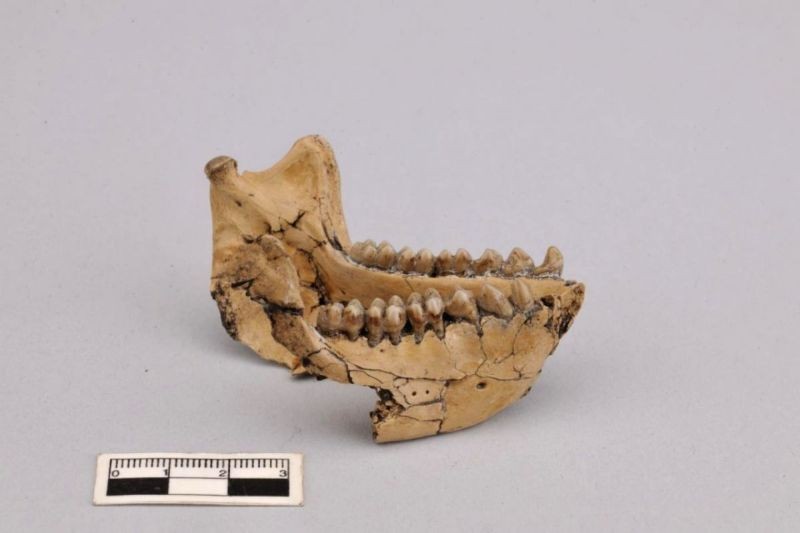Fossils of 6.4 million-years-old monkey found in China. (IANS Photo)

NEW YORK, OCTOBER 10 (IANS): Scientists have found three fossils of 6.4-million years old world monkeys at the Shuitangba lignite mine in northeastern Yunnan Province of China.
The discovery indicated that this monkey species existed in Asia at the same time as apes, and are probably the ancestors of some of the modern monkeys in the area, the study published in the 'Journal of Human Evolution', reported.
"This is significant because they are some of the very oldest fossils of monkeys outside of Africa," said study author Nina G Jablonski from the Penn State University.
"It is close to or actually the ancestor of many of the living monkeys of East Asia. One of the interesting things from the perspective of palaeontology is that this monkey occurs at the same place and the same time as ancient apes in Asia," Jablonski added.
The researchers studied the fossils unearthed from the Shuitangba lignite mine that has yielded many fossils.They also uncovered slightly lower was a left calcaneus -- heel bone -- reported by Dionisios Youlatos, Aristotle University of Thessaloniki, Greece, in another paper online in the journal, that belongs to the same species of monkey, Mesopithecus pentelicus.
"The significance of the calcaneus is that it reveals the monkey was well adapted for moving nimbly and powerfully both on the ground and in the trees," said Jablonski. "This locomotor versatility no doubt contributed to the success of the species in dispersing across woodland corridors from Europe to Asia," Jablonski added.
The lower jawbone and upper portion of the leg bone indicate that the individual was female, according to the researchers. They suggest that these monkeys were probably "jacks of all trades" able to navigate in the trees and on land.
The teeth indicate they could eat a wide variety of plants, fruits and flowers, while apes eat mostly fruit."The thing that is fascinating about this monkey, that we know from molecular anthropology, is that, like other colobines (Old World monkeys), it had the ability to ferment cellulose," said Jablonski.
These monkeys are successful because they can eat low-quality food high in cellulose and obtain sufficient energy by fermenting the food and using the subsequent fatty acids then available from the bacteria.
"A similar pathway is used by ruminant animals like cows, deer and goats. These monkeys do not have to live near bodies of water and can survive periods of dramatic climatic change," the authors wrote.






